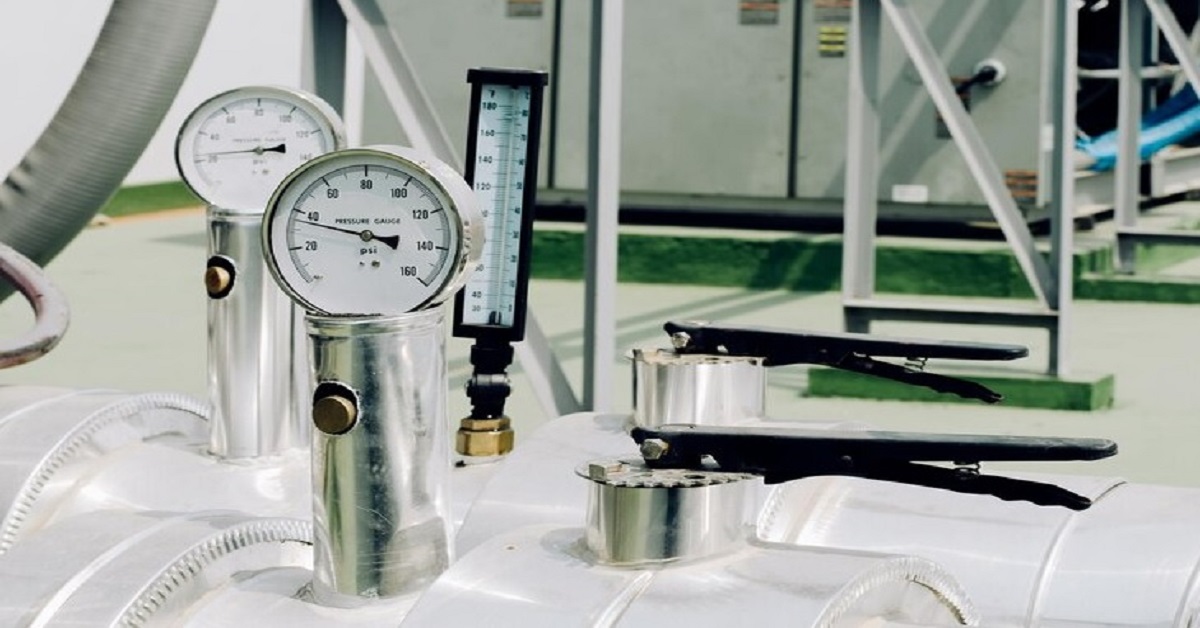In today’s advanced industrial world, maintaining the health of machines and equipment is essential for smooth operations and preventing costly downtime. One of the most reliable and innovative techniques used for this purpose is acoustics issuance analysis. This method allows maintenance teams to detect potential issues in machinery long before they lead to major failures, ensuring productivity, safety, and efficiency across industries.
Understanding Acoustics Issuance Analysis
Acoustics issuance analysis is a technique that uses sound waves to assess the condition of machinery, components, or structures. Every machine produces a unique sound pattern during operation. When a fault develops — such as friction, looseness, or imbalance — it changes the sound characteristics emitted by the equipment.
By using acoustic sensors, microphones, or ultrasonic devices, engineers can record, analyze, and interpret these sound patterns to identify abnormalities. This non-invasive approach helps detect issues like bearing wear, air or gas leaks, electrical discharge, and lubrication problems before they escalate.
Why Acoustics Issuance Analysis Matters
- Early Fault Detection
One of the greatest benefits of acoustics issuance analysis is its ability to detect early signs of mechanical failure. Even the slightest deviation in sound frequency can indicate a developing issue, allowing maintenance teams to act proactively. - Non-Destructive and Safe
Unlike methods that require disassembly or downtime, acoustics issuance analysis is non-destructive. It can be performed while equipment is running, ensuring continuous operation without interrupting productivity. - Enhanced Maintenance Efficiency
With accurate data from acoustic analysis, maintenance schedules become more predictive than reactive. Teams can focus their efforts where needed, reducing unnecessary inspections and extending equipment lifespan. - Cost Reduction and Reliability
Identifying issues early helps avoid unexpected breakdowns, costly repairs, and production losses. Over time, this leads to reduced maintenance costs and improved reliability across all systems. - Versatile Applications
Acoustics issuance analysis is widely used in industries like manufacturing, power generation, oil and gas, automotive, and aerospace. From monitoring motors and pumps to inspecting pipelines and valves, its applications are vast and adaptable.
The Process of Acoustics Issuance Analysis
The process generally involves the following steps:
- Data Collection: Specialized acoustic sensors capture the sound or ultrasonic emissions from machinery or components.
- Signal Processing: The recorded sound waves are processed using advanced software to filter out background noise and focus on the relevant signals.
- Analysis and Interpretation: The acoustic data is analyzed for irregularities such as spikes, frequency shifts, or abnormal patterns.
- Diagnosis and Reporting: Based on the analysis, engineers diagnose potential issues and recommend corrective actions before failure occurs.
This systematic approach makes acoustics issuance analysis one of the most powerful tools for predictive maintenance.
Advantages for Industrial Operations
- Improved Equipment Longevity: Regular acoustic monitoring helps ensure optimal operation and minimizes wear.
- Increased Safety: Detecting faults like gas leaks or bearing failures early reduces the risk of accidents.
- Energy Efficiency: Machines that run smoothly consume less power, contributing to sustainability goals.
- Enhanced Decision-Making: Reliable acoustic data provides insights that support better maintenance planning and resource allocation.
The Future of Acoustic Monitoring
As industries continue to embrace smart maintenance technologies, acoustics issuance analysis is becoming more sophisticated. Integration with artificial intelligence (AI) and Internet of Things (IoT) devices allows for real-time monitoring and automated alerts. This advancement enables maintenance teams to receive instant notifications about potential faults, further reducing downtime and improving operational efficiency.
With continuous innovation in sensor technology and data analytics, the future of acoustic monitoring promises even greater precision, automation, and cost savings.
Conclusion
In an age where reliability and efficiency are essential for success, acoustics issuance analysis stands out as a key technique for maintaining industrial excellence. Its ability to detect early signs of wear and malfunction helps businesses operate smoothly, safely, and cost-effectively.
For advanced, accurate, and dependable acoustic monitoring solutions, trust Semeq-asia — a leader in predictive maintenance and sound-based diagnostics. With expertise and innovation, Semeq-asia ensures your equipment runs at peak performance, minimizing downtime and maximizing operational success.




